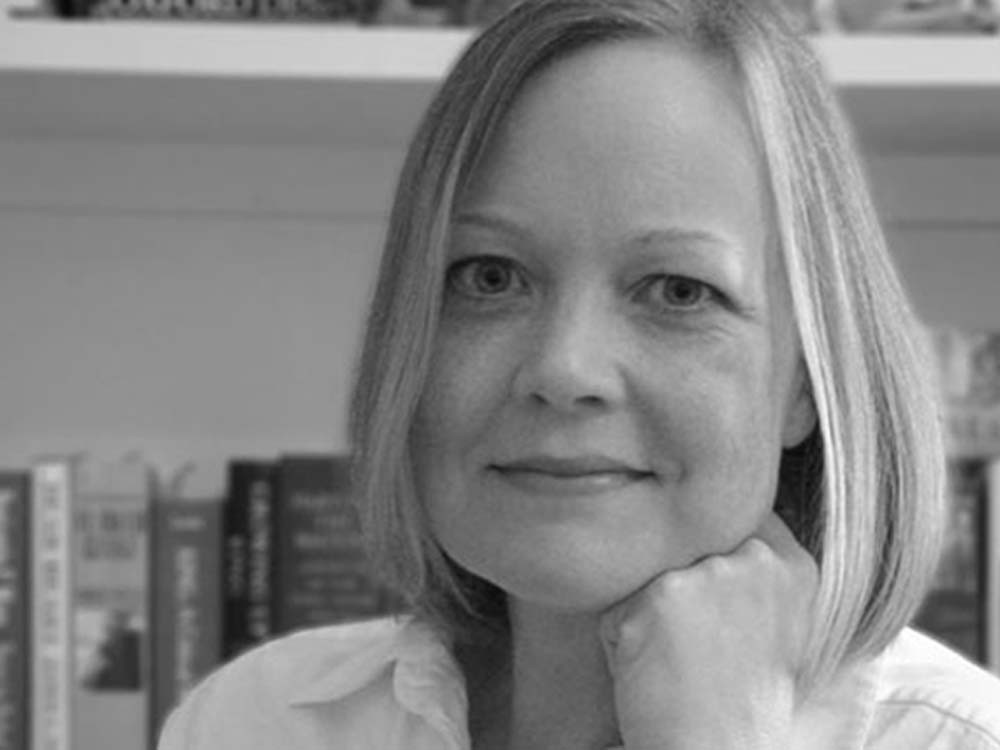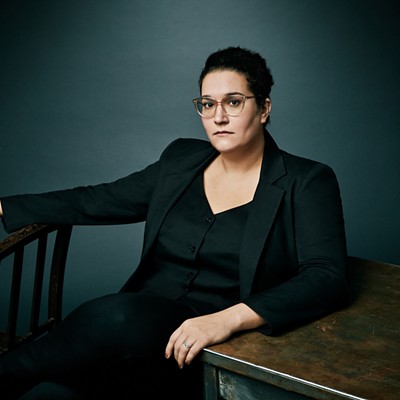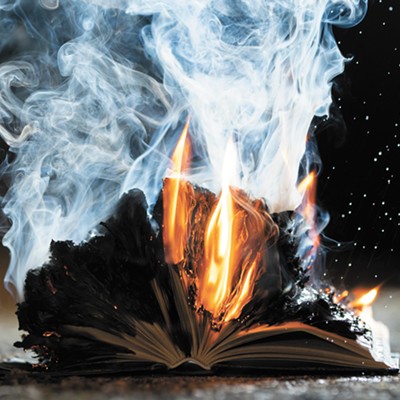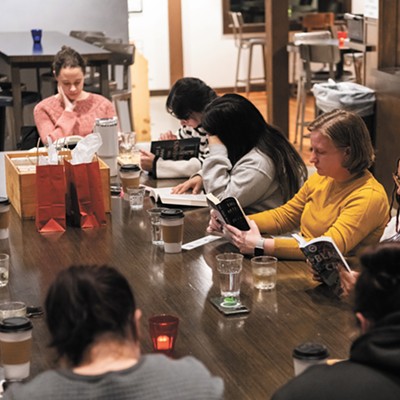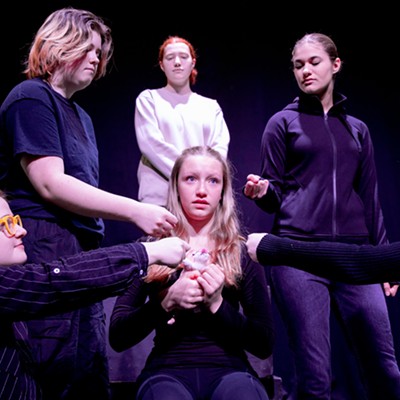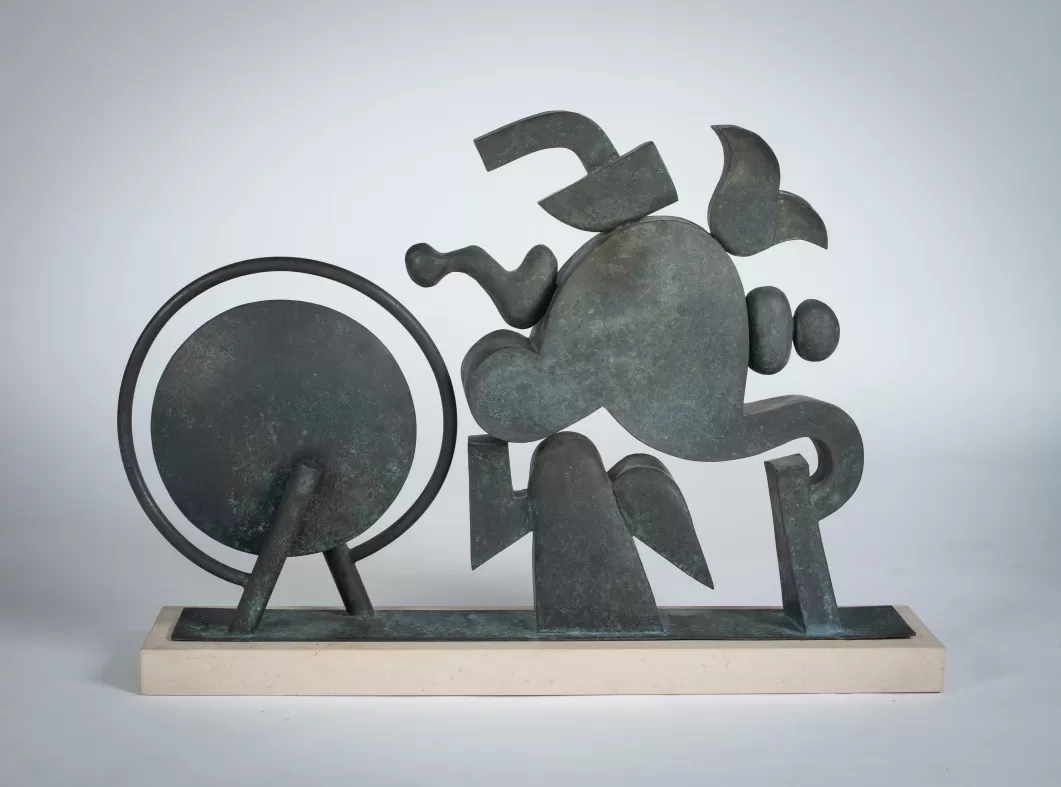Xernona Clayton was working on an unusual project the night that Martin Luther King Jr. was shot: She was trying to set up a meeting between King and Calvin Craig of the Ku Klux Klan. As King’s director of public relations, Clayton was used to hoaxes — so when a waitress handed her a note that said Dr. King had been shot, she ignored it. Soon, realizing the horror, she hurried to Coretta King’s side.
Robert Kennedy was told about the shooting shortly after it happened. He spoke briefly to a small crowd of supporters, mentioning his brother’s assassination (something he rarely discussed). Then he went to his hotel and wept.
Media swooped in on Memphis’ Lorraine Motel on the evening that Dr. King was killed. News cameras captured J. Edgar Hoover’s FBI working the scene. They also captured the hotel’s housekeeper as she tried to scrub bloodstains from the balcony.
Georgia’s Governor Lester Maddox, fiercely against integration, refused to lower the capital’s flags on the day after Dr. King was assassinated. He capitulated when advised that he was disobeying a federal mandate.
In the days after Dr. King was shot, there were riots in almost all major American cities. Some officials actually incited the violence; others begged for it to stop.
Thousands of people descended upon Atlanta for Dr. King’s funeral. They slept on church pews and park benches for a chance to squeeze near Ebenezer Baptist Church, barely allowing mourners to pass or the coffin to be placed on the wagon that bore it to the cemetery. And when everything was done and the celebrities went home, Dr. King’s body was quietly moved, and moved again.
Burial of a King provides an almost minute-by-minute account, as you might expect of a book subtitled “Martin Luther King Jr.’s Funeral and the Week That Transformed Atlanta and Rocked the Nation.” Through interviews, letters, personal accounts, and papers kept by mourners and others, Burns allows readers to peek at the smaller moments that filled that historic time: entire families changed, laughter amid the tears, and life going on.

